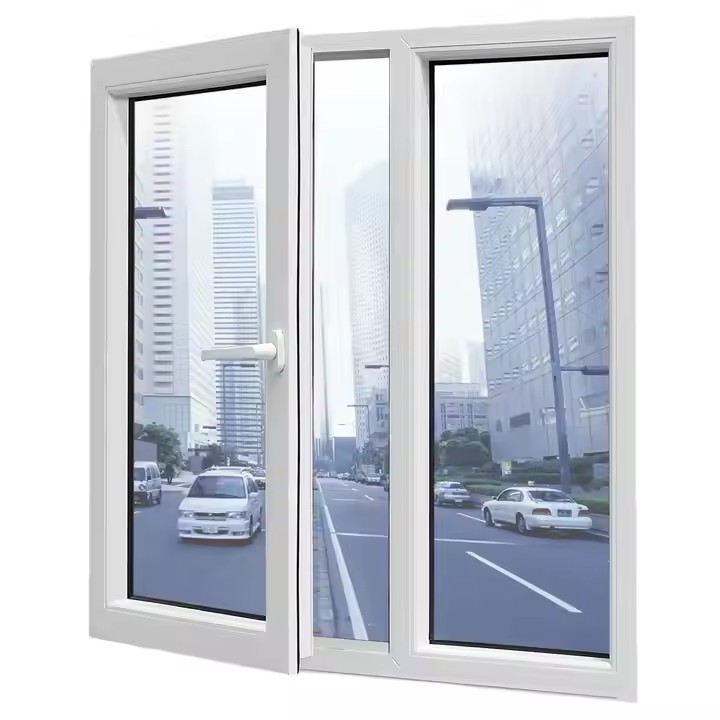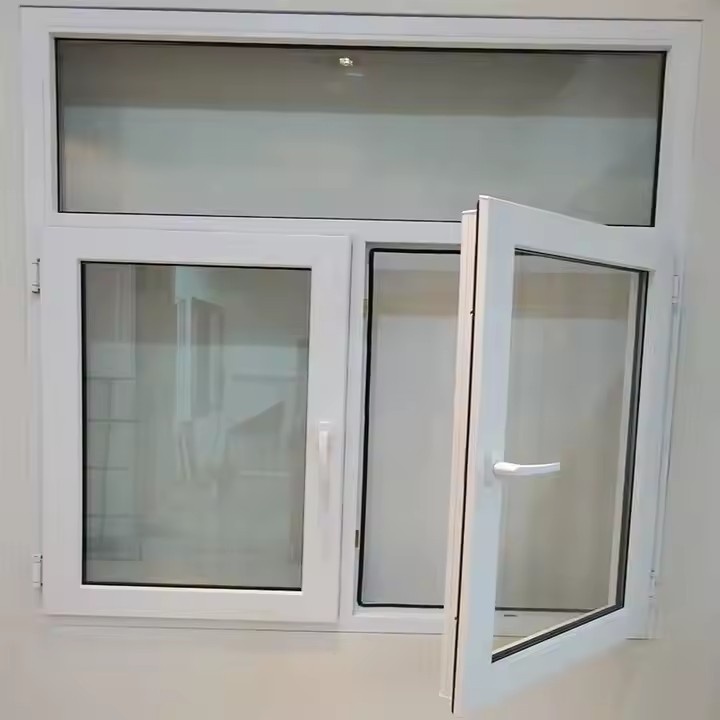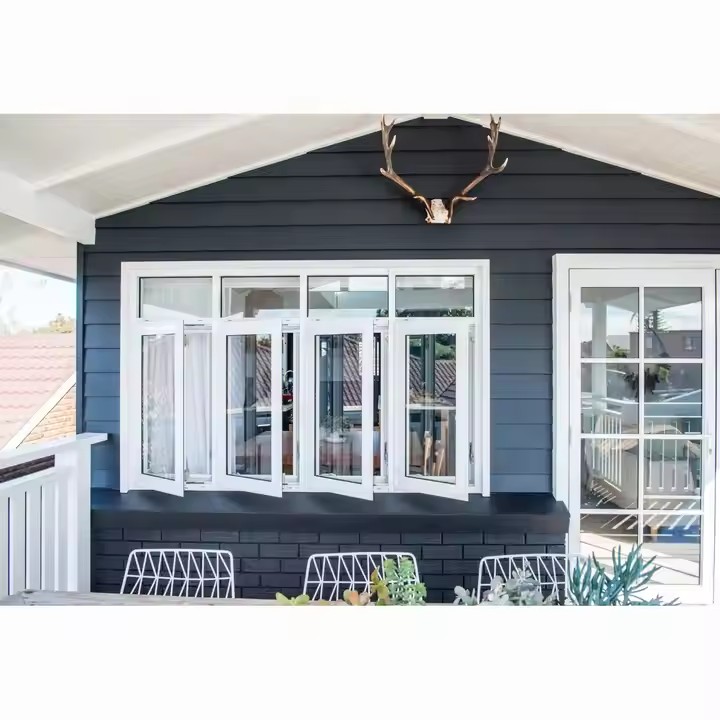- Protection from Intense Sunlight and UV Radiation — Ensuring Health and Comfort
Located in the Southern Hemisphere, most parts of Australia experience tropical or subtropical climates with long hours of sunshine — averaging 2,000–3,000 hours per year. Due to ozone layer depletion, UV radiation is extremely strong (in many areas, the UV index regularly exceeds 10, categorized as “extreme”). Therefore, protection against intense sunlight and UV exposure is the primary need for Australian consumers when purchasing awnings.
Blocking UV rays to protect health:
Australia has one of the highest skin cancer rates in the world, largely caused by prolonged UV exposure. High-quality awnings can block over 90% of UVA and UVB rays, providing a safe outdoor environment for activities such as courtyard dining or children’s play. For example, with an awning installed on a balcony, residents can relax or dry laundry without worrying about UV damage — particularly beneficial for households with elderly people or children.
Reducing heat gain and energy consumption:
During summer (December–February), temperatures often exceed 35°C, and intense sunlight can heat building façades, transferring heat indoors. Awnings help block direct sunlight from hitting walls and windows, lowering indoor temperatures by 3–5°C and reducing air conditioning use. According to the Australian Energy Agency, homes equipped with awnings can cut summer cooling energy consumption by 15–25%, saving electricity costs while aligning with Australia’s “low-carbon and energy-efficient” policies.

- Coping with Unpredictable Weather — Enabling All-Weather Outdoor Use
Australia is famous for its unpredictable weather — afternoon thunderstorms in summer, long rainy periods in winter, and cities like Melbourne often experience “four seasons in one day.” The dual function of sun and rain protection makes awnings essential for maximizing outdoor space usability throughout the year.
Shielding from sudden rain to maintain outdoor activities:
Australians value outdoor living — backyard barbecues, gatherings, and afternoon tea are common on patios and decks. Retractable awnings can be quickly extended to protect against unexpected rain, allowing activities to continue uninterrupted. For example, restaurant patios with awnings can keep customers comfortable during brief rain showers, ensuring business continuity and operational efficiency.
Resisting wind and dust, protecting outdoor facilities:
In regions such as Western and South Australia, strong summer winds and occasional winter dust storms are common. High-quality awnings are designed with wind-resistant features — reinforced frames and automatic retracting sensors that close the awning when wind speeds exceed safety thresholds. This prevents damage while keeping out dust, leaves, and debris, reducing cleaning effort and protecting outdoor furniture such as wicker chairs and sofas.
- Supporting Outdoor Living Habits — Expanding Usable Space
Outdoor living is a core part of Australian culture. Over 70% of Australian households have gardens, patios, or balconies, often used as a “second living room” for relaxation, entertainment, and socializing. Awnings are therefore designed to extend usable living areas and enhance lifestyle comfort.
Extending living space and enhancing comfort:
For smaller homes, an awning-covered balcony or patio can be transformed into a cozy outdoor retreat — ideal for reading or enjoying coffee among plants. For larger villas, courtyard awnings can complement outdoor kitchens or BBQ setups, creating a “family social hub” for gatherings and neighborhood events. This “space extension” feature aligns perfectly with Australians’ pursuit of maximizing the functionality of their living environments.
Adapting to specific scenarios and personalized needs:
Australian consumers display diverse awning preferences. Pet owners may install awnings to create shaded outdoor zones for their pets; families with infants often favor “soft light filtering” fabrics that prevent direct glare; while commercial venues like cafés and resorts prefer customized designs — with brand logos or color schemes that match their architecture — to enhance brand visibility and customer experience.
- Enhancing Building Aesthetics and Property Value — Combining Function with Investment
In Australia’s real estate market, outdoor space design is a key factor influencing property value. Beyond practical use, awnings are regarded as an element of architectural aesthetics — a soft furnishing that enhances both appearance and value, making them a desirable investment for homeowners.

Beautifying façades and creating cohesive styles:
Australian homes, often detached or townhouses, come in various architectural styles — from modern minimalist to Mediterranean and country. Awnings can be customized in materials (canvas, aluminum alloy), colors (light gray, beige, dark brown), and shapes (arched, straight-line) to blend seamlessly with building exteriors. For example, a modern-style home with an aluminum frame and light-gray fabric awning appears sleek and elegant, while a country-style house with wooden frames and striped canvas exudes a warm, natural charm.
Increasing property value and market appeal:
According to data from the Real Estate Institute of Australia, homes equipped with high-quality awnings sell 15% faster on average and can command 3–5% higher valuations than similar properties without awnings. For investors and homeowners planning to sell, installing awnings is a cost-effective way to boost property value — a trend particularly evident in major markets like Sydney and Melbourne.

